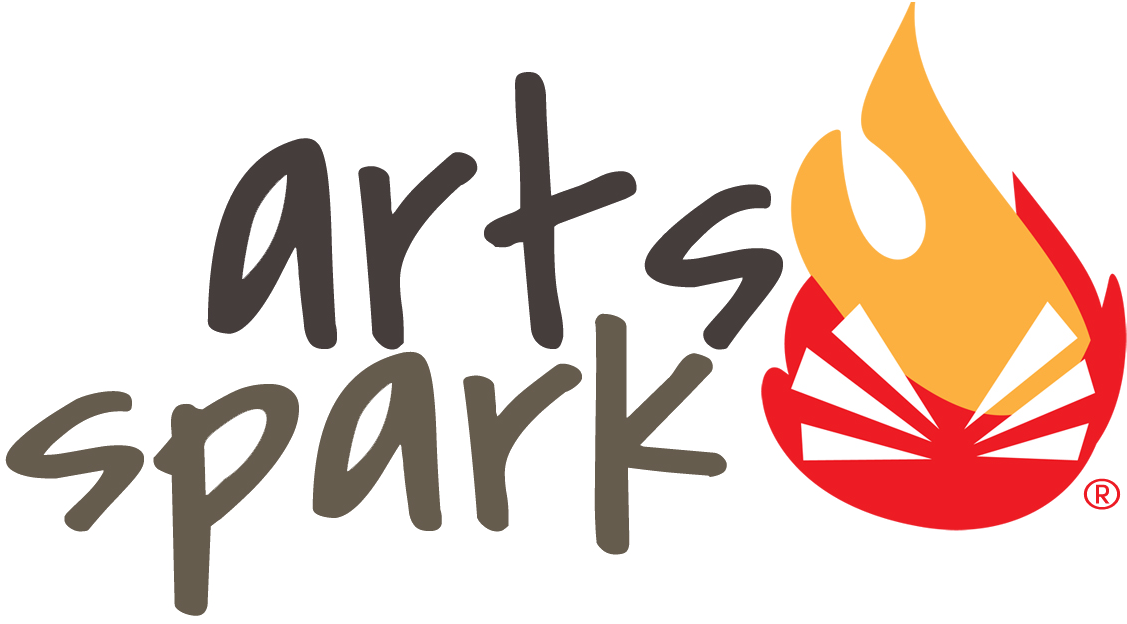Digital Printing For Photographers
Successfully printing a photograph can be just as rewarding as taking one. Printing itself is an art form and can take much practice to get it really right. The following techniques and tips will hopefully lead you on a path to successful prints.
Take Time to Figure Out How Your Equipment is Setup to Print
By figuring out how your printer is setup to print, you will discover the options it has for both direct printing, and printing from your computer. This gives you the opportunity to see the difference in printing directly from your camera, printing from the print screen on the printer, and printing from an external device. Each of these printing methods can have very different outcomes, so it is good to see how each process works before you get into printing your actual images. You can also begin to explore your printer’s auto enhance and fix features. These features are automated so while they might do good, they can end up doing more harm than good if you do not understand how they work. Try printing with these settings both on and off to see what will produce the best outcome for your purpose.
Tip: Make sure to buy a printer created specifically for photo printing. These types of printers will emphasize vivid color and details.
Tip: Make sure to install your printer’s driver. This is where you can follow guidelines about setting up your printer, and changing the setting for specific paper and purposes. Your printer’s manufacturer should have the correct driver and information you need on their website.
Preview Your Photographs
Printing your images directly from your memory card, or camera, through the preview screen on your printer, is definitely faster than pulling them into your computer. However, this technique does not give you the editing and comparison tools that a computer does. Unless you are in a hurry, it is best to load, preview, and edit your images on a computer rather than just printing them straight from the device.
Print From an Editing Program
For the best quality prints, it is advised to move your photos onto your computer and into a photo editing program. Printers created specifically for photo printing will most likely not have a preview screen on them. This is because most serious photographers, and even amateur photographers, will not use these screens at all. It is important understand that even the most basic photo editing programs can make a huge difference in image quality and construction. How you edit your image is up to you, but, experimenting with these programs is much better than printing images without seeing how making changes could enhance your work.
Make Sure to Edit Copies, Not Originals
From minor tweaks, to applying special effects, it is important to make sure you are editing a copy of the image and not the original image. This allows for worry free editing and experimentation because you will always have your original image saved and untouched. If you were to work on an original and have no copy or backup, then you would have to be concerned about what types of changes you were making and how you could fix mistakes. Only editing copies gives you the option to go back and start over completely.
Tip: Store backups of your originals on an external hard drive or DVD to avoid accidentally deleting them.
Save Your Image in the Editing Program’s Native Format
Saving your images as a JPEG over and over again can cause compression and loss of file information, resulting in a lower quality image. By saving your image in the native file format, or in a tiff file format, you will avoid image degradation, and will keep your images looking great.
Choose the Right Printing Paper
When printing photographs you should definitely not use the budget price paper than you may find at an office store. High quality paper will get you high quality prints. We recommend that you choose between gloss, satin, luster, matte, or canvas paper. Each of these papers has a different appearance to them which is described below.
- Gloss- provides a lot of shine, which results in a higher contrast and color gamut, will show glare and fingerprints
- Satin- fine paper that provides a glossy shine
- Luster- color saturation of gloss paper, with the fingerprint resistance of matte paper
- Matte- vibrant color with a dull or flat finish, shows no glare or fingerprints
- Canvas- heavyweight paper that replicates the texture of canvas
There are more types of paper that you can choose from, these are just what we found to be the most commonly used for photograph printing.
Tip: Check your printer’s information form the manufacturer to see if there is a maximum paper weight and size the printer can handle.
Complete Test Prints
After you feel as though you have edited your image to where you want it, you should complete a test print. This allows you to gauge the difference between what is being printed on the paper, and what is shown on your screen. If the photo comes out too bright, you can go back into the photo editor, darken it up, and do another test print to see how drastic your changes were. We recommend that you only print strips or sections of your images for the test prints, that way you will save ink, paper, and time, because you can print multiple tests on the same sheet of paper. In most circumstances you won’t have to print an entire image to know if it looks right.
Conclusion
After you complete your importing, editing, testing, and comparison process, it is time to print your final image! Make sure that you have set your printer up to work with the kind of paper you are using so you get the best possible final outcome.
Sources:
http://www.pcmag.com/article2/0%2c2817%2c2361426%2c00.asp
http://photoh.com.au/10-tips-for-printing-your-photographs/
http://www.robgreer.com/articles/managing-photos/printing-tips-photographs

0 Comments